The World in a Tidepool
Published by Ocean Conservancy
Each month’s spring tides draw the water higher than usual and also drop down to expose more of the shoreline than can be seen at any other time, at least without getting in the water. When low tides create tidepools, an astonishing variety of life becomes visible. At first glance, a few shells, anemones, and strands of seaweed stand out.
But stay a while. Watch to see what moves. The shell that looked empty sprouts legs and starts to move, a hermit crab carrying its newfound house. The orange blossom at the end of a white stem disappears in a flash when disturbed, as the tubeworm retreats to await a safer feeding opportunity. A small fish darts for cover beneath the kelp.
Turn over a rock. Crescent gunnels, a small eel-like fish, wriggle to dig back under cover. Crabs appear to wonder where the light came from. A sea cucumber may slowly pull back into itself, sensing danger. Annelid worms create straws of sand rising from the mud. If you are lucky, you may even uncover an octopus, or spot one in a lair between the rocks, a tell-tale slope of shells and sand outside its home.
Look more closely. What appears to be a splotch of white something on the kelp leaves turns out to be an encrusting bryozoan, a small colonial animal building a remarkably geometric set of habitations. The non-descript blob at one end of the pool starts to swim and reveals itself to be an opalescent nudibranch, a sea slug with vibrantly blue and orange fronds on its back. Chitons cling to the rocks all around.
Bring a friend. The delight you still find in exploring is mirrored in your friend’s discovering for the first time what a sea urchin looks like in the water, or how an anemone can contract its tentacles onto your fingers, leaving you glad it’s not larger. Sun stars, blood stars, leather stars, serpent stars—the variety of just one type of animal, within a few square yards, is a reminder of the beauty and wonder of the sea.
And of course, the tide turns, washing over the lowest pools and then moving inexorably upwards. Did you pull your kayak far enough up the beach? Have you left time to get higher before the path is underwater? What happens to all these tiny, delicate-looking creatures when they are covered by twenty feet of water or pounded by the waves? And what will we find next time?
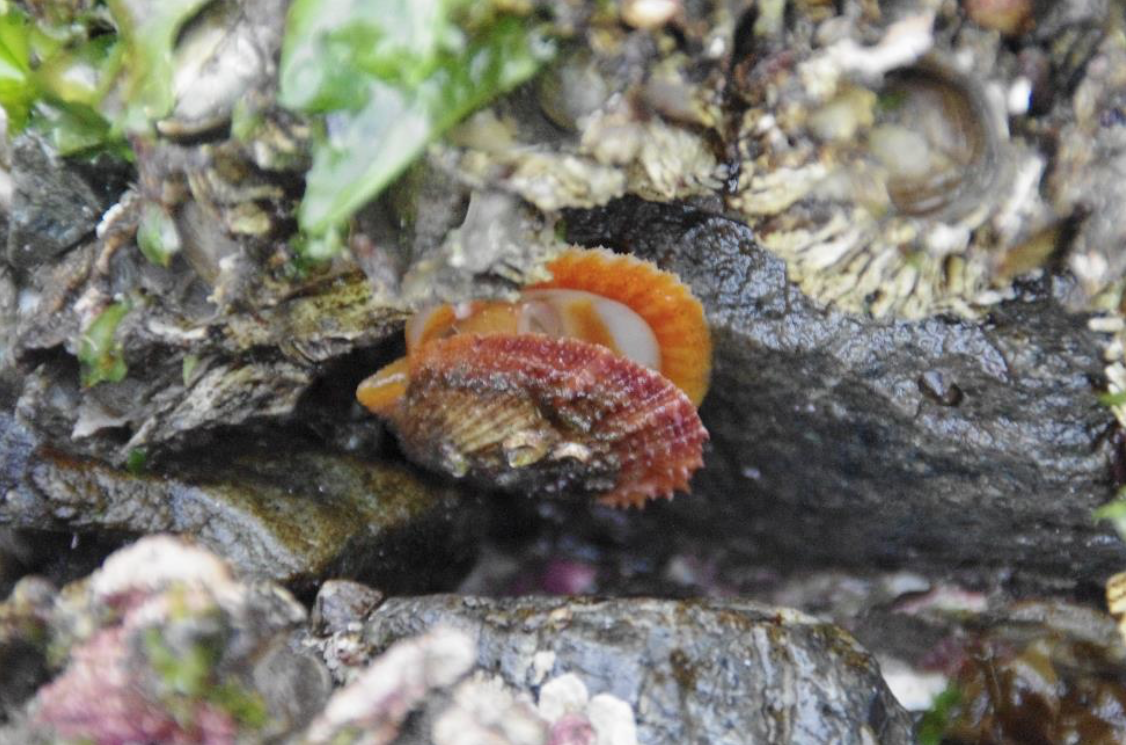

A scallop nestled between barnacle-covered rocks.
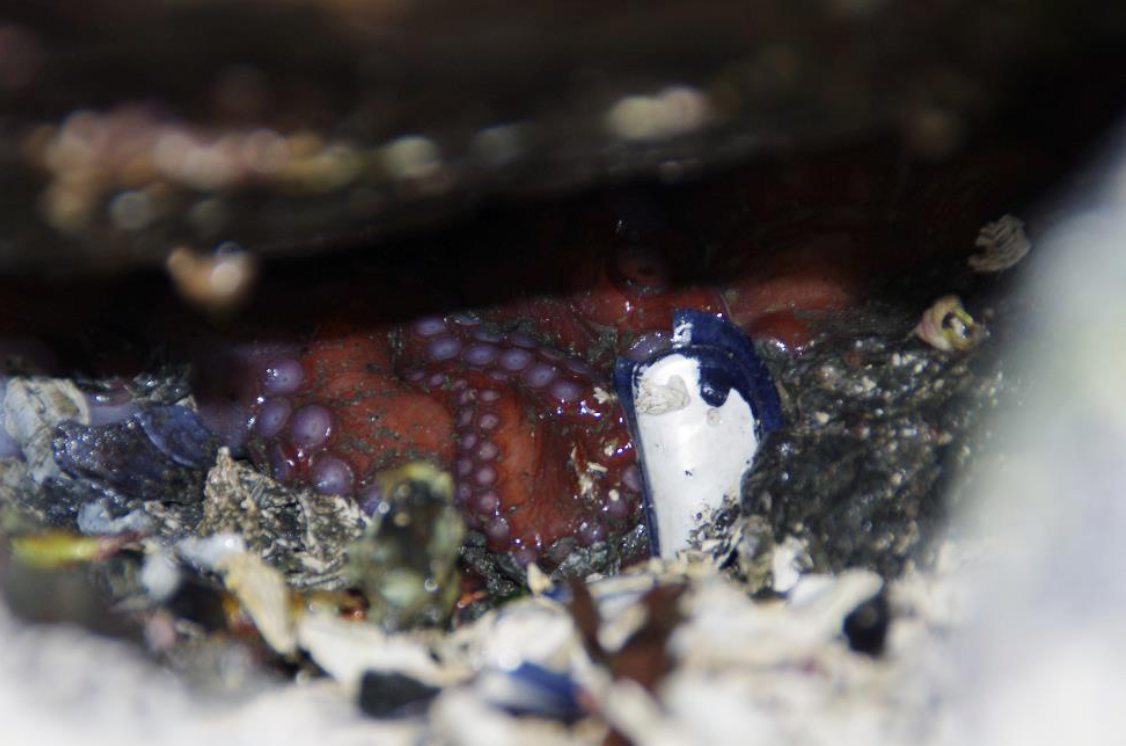

An octopus in hiding.
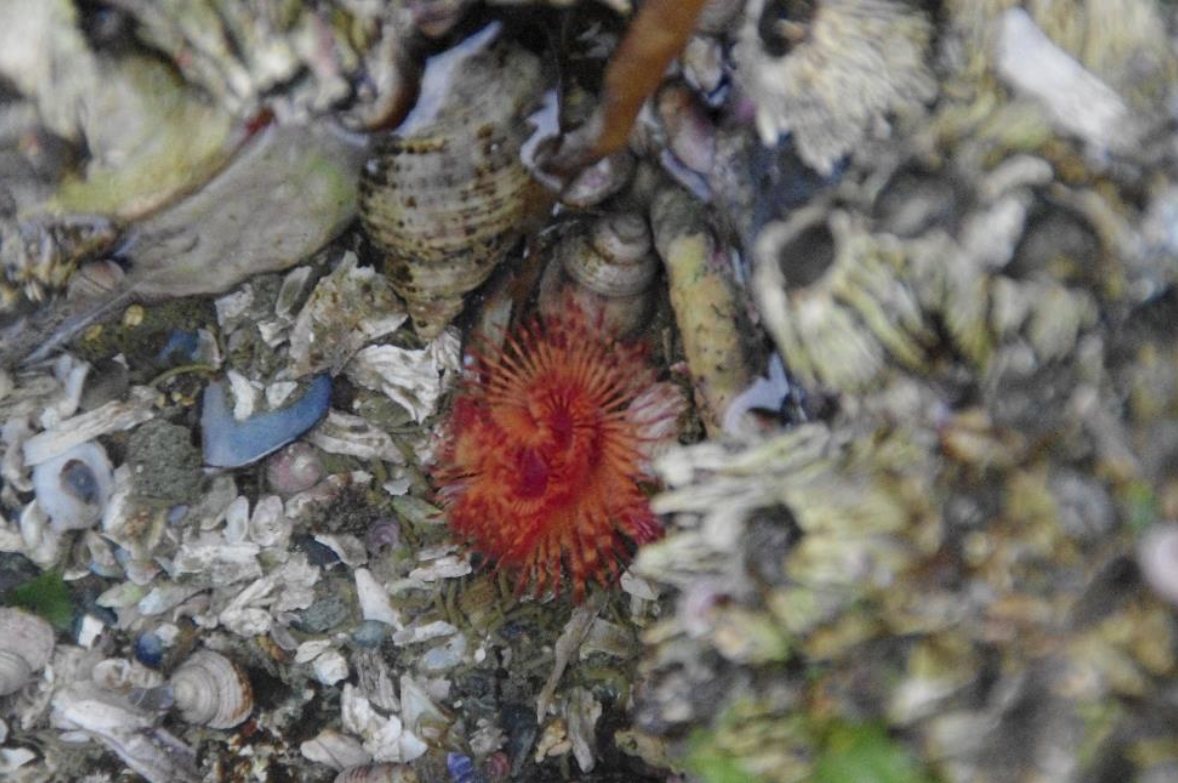

A tubeworm fanned out looking for a meal.
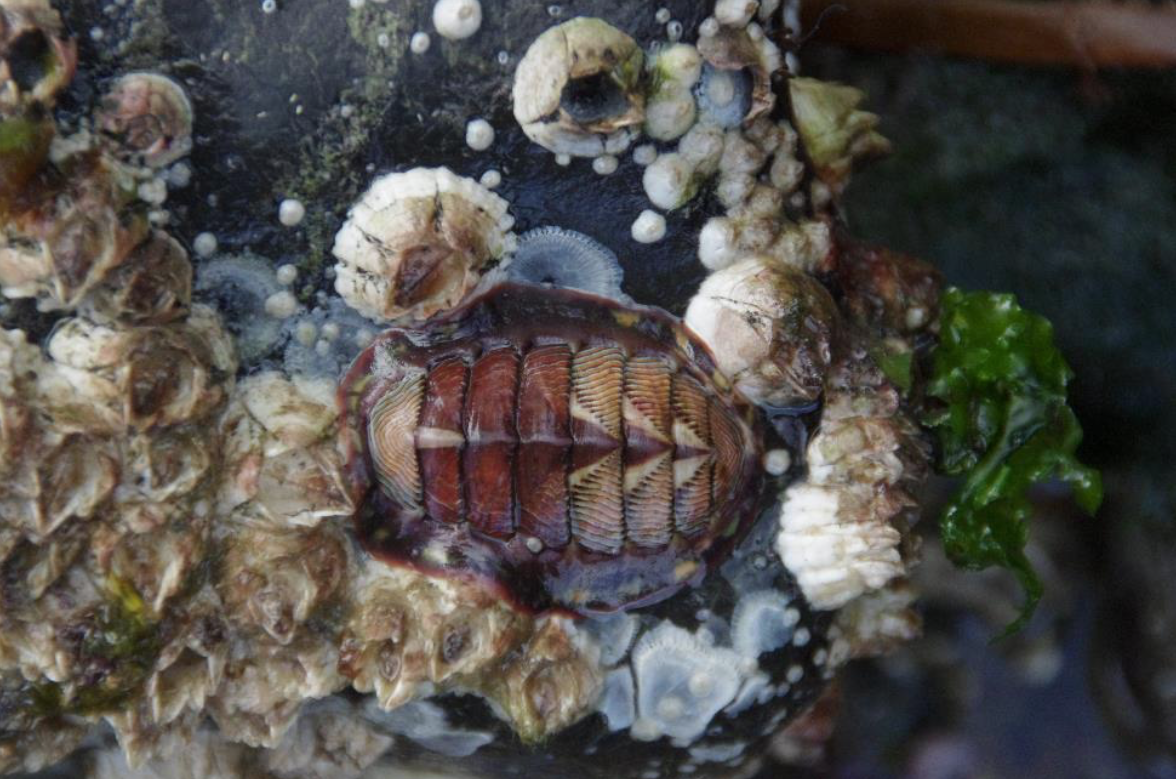

A lined chiton holding on tight


A sea urchin nestling on kelp.
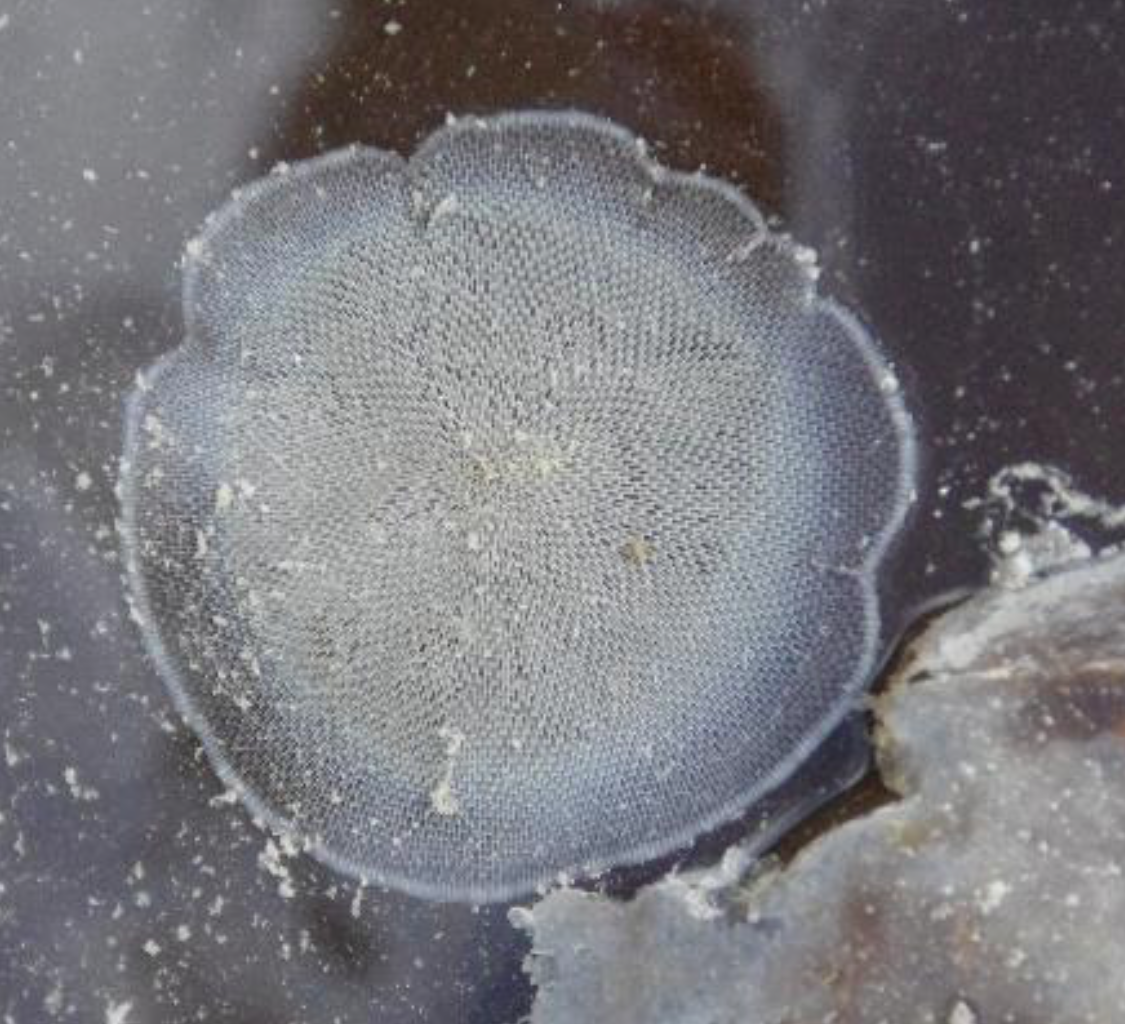

A kelp-encrusting bryozoan colony. The animals live in the cells created in the colony’s structure.
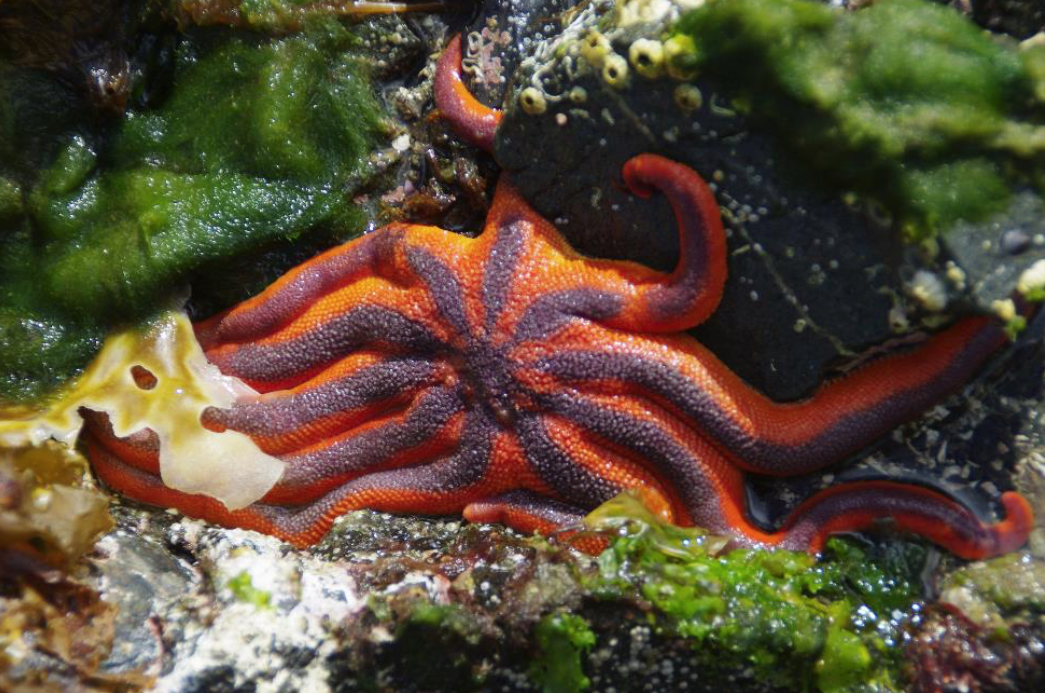

A sun star, appropriately enough.
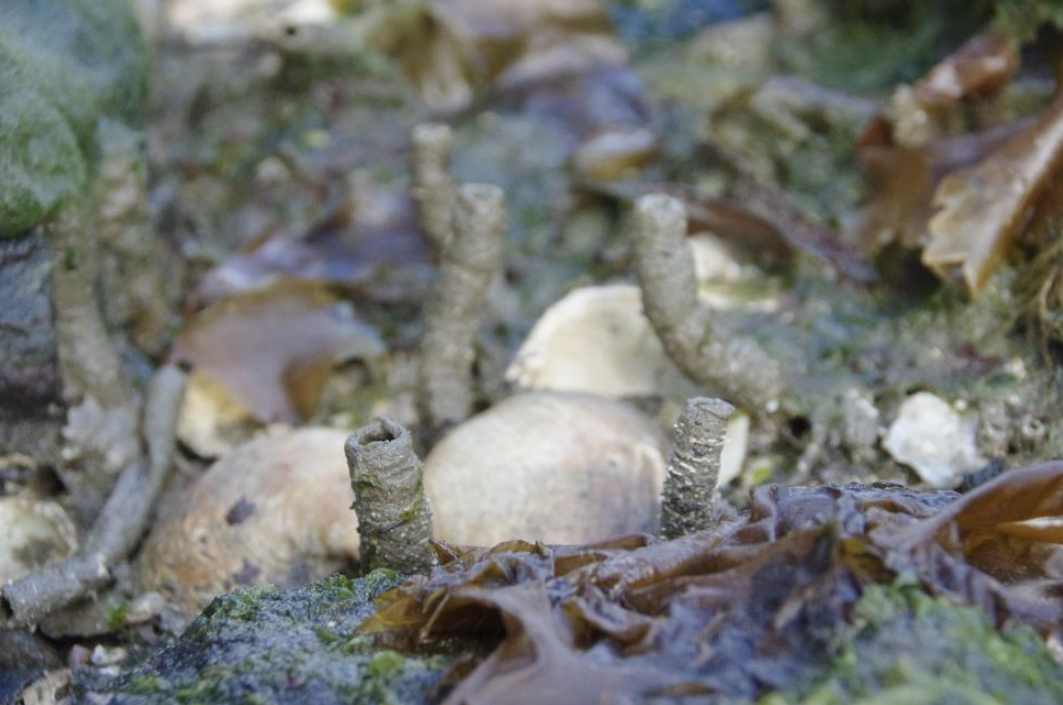

Tubes made by annelid worms living in the mud.
Sign up for our emails!
The post The World in a Tidepool appeared first on Ocean Conservancy.
Read the full article at: https://oceanconservancy.org/blog/2018/08/21/the-world-in-a-tidepool/


